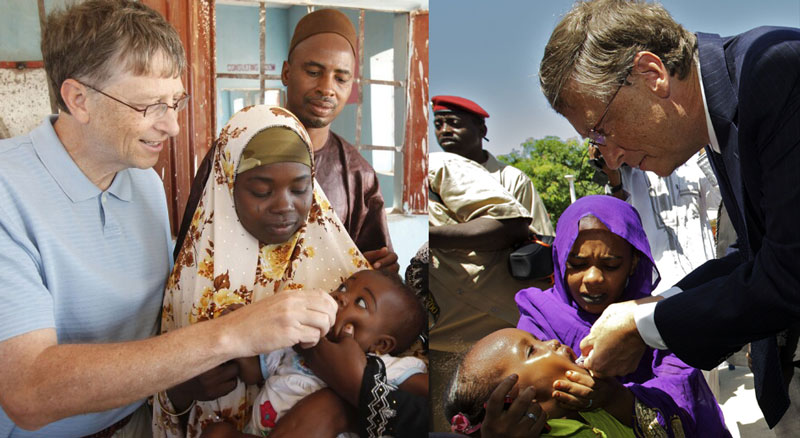Africa Understanding The Dynamics Of Todays Youth Market
With Africa’s status as having the largest youth population in the world with almost 60% under the age of 35, comes both opportunities and challenges for the continent. A recent Ichikowitz Family Foundation Report focusing on the ‘Rise of Afro-Optimism’ found that there is a new generation of youth who are connected to the world, doing incredibly innovative things with nothing. They are not just optimistic about the African century they are determined to shape it.
These young, savvy consumers in a market where the retail industry is traditionally more old school, are determining the future of the retail sector. How retailers appeal to this market, therein lies the key. So to, with some 16 million young Africans currently unemployed, retailers will need to consider whether providing employment, will win over the same collectives purchasing power. Undeniably, innovation has become a key focus in sub-Saharan Africa (SSA) and plays an eminent role in generating employment with product innovations having a positive impact creating both temporary and permanent jobs as well as skilled and unskilled opportunities.
Understanding the lay of land will pave the way for retailers with EuroMonitor International revealing that although Africa is regarded as an emerging market with this exponential youth population differentiator, it is a different and complex one. Home to 55 independent states, characterized by diverse economies and consumption patterns. Made up of a combination of traditional and modern retailing channels that vary by market and influenced by factors such as economy, consumer preferences and local culture. That said, with a large youth population and the fastest rate of urbanization in the world, it is estimated by Consultancy Compliant IA that by 2030, Africa’s largest cities will have a combined buying power of USD1.3 trillion – no doubt, fresher faces contributing to this paying power.
The pandemic saw retailing sales in Nigeria and South Africa shrink by 18% in 2020 as reported by EuroMonitor and by 7% in Kenya resulting in shoppers seeking value for money which seems set to continue until disposable income levels recover. A combination of the ever-growing population, ecommerce on the rise, and a youth base very aware and eager to consume new products, this can be translated into opportunities for retailers with sales in SSA expected to grow by 7% this year.
Platforms, channels, apps, and physical spaces, frequented by the youth of today look set for growth with Africa’s mobile economy in particular, offering a direct path to consumers and expected to generate $150 billion by 2022. According to TrendWatch 96% of web traffic on the continent utilises a mobile network. Jumina based in Nigeria, is an online marketplace offering its millions of subscriber’s access to millions of products from African countries and access to thousands of international brands.
So too, M-Pesa a subsidiary of Vodafone in Kenya and Wizzit mobile banking in South Africa speaks to the general trend for instant accessibility and self-managed shopping, loved by this new generation. Shopping malls are on the rise across SSA, despite a slow-down with the pandemic, and smartphones and ecommerce are becoming the backbone of retail development. Only a few years back, 88% of the younger Nigerian population paid with an app on their mobile device, with 71% doing the same in South Africa.
Broadly, Africa’s modern retail development continues to grow and improve in quality but still lags traditional trade putting different countries’ retail markets at different development stages, none more profound than the bourgeoning youth sector. What works well in Nigeria does not necessarily work in Uganda or Zimbabwe. With this landscape in mind, what are the touchpoints retailers need to consider around this rising group of young consumers? As we slowly ease out of the pandemic, according to a PWC report consumer purchasing behaviour across all demographic groups, is still driven by culture, cost, and convenience.
In a Generation Fluid White Paper by Joe Public United, published just over a year ago, despite the significant shifts brought about by changing consumer behaviour since 2020 – for today’s retailers and brands seeking to engage with the youth market in Africa, the following considerations remain relevant. Notably, the need with this demographic to curate interactive experiences that bridge the online and offline worlds; that old school tactics will fail to grab and keep the attention of a new-school consumer; that stereotypical labelling will be lost on this generation, and the expectation for a brand and retailer to embrace collaboration and create meaningful consumer relationships in a society where irrelevance and disengagement could spell the death of a brand.
Once retailers understand the nuances of this young consumer base, they can use that knowledge to personalise every interaction, taking advantage of customer experiences and digital communication trends as they view SSA as a long-term partnership. Getting it right can reap huge rewards making understanding this market a more granular experience with a regional focus to suit the changing behaviours of this demographic.




